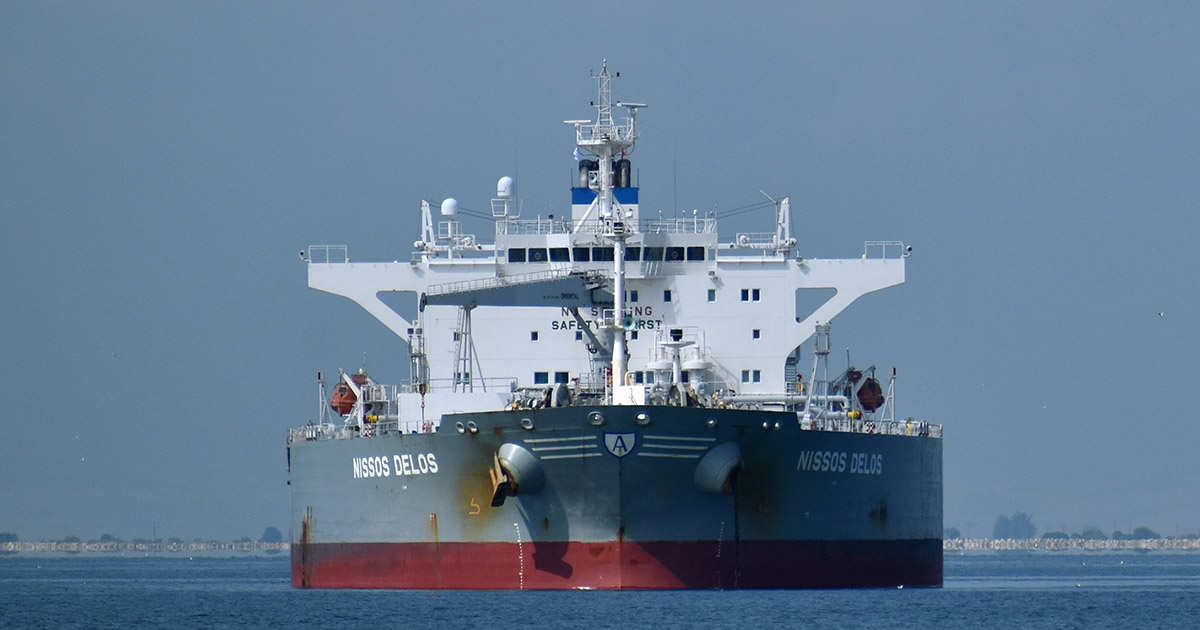The maritime industry plays a crucial role in global commerce, with diesel-powered vessels transporting goods across oceans and seas. However, this vast network of ships, tankers, and marine vessels also contributes significantly to air pollution, particularly in the form of nitrogen oxides (NOx), carbon dioxide (CO2), and particulate matter (PM). These emissions are not only harmful to the environment but also impact coastal communities, marine ecosystems, and global efforts to combat climate change.
As the demand for greener, more sustainable shipping grows, the maritime industry is under pressure to adopt cleaner technologies. One promising solution is Diesel-Hydrogen Assist Technology (D-HAT™), which enhances diesel combustion by infusing hydrogen into the fuel mix. By improving combustion efficiency and reducing harmful emissions, D-HAT™ offers a pathway to cleaner seas and more sustainable marine operations. This post explores how D-HAT™ is being applied to marine vessels and how it helps the maritime industry meet environmental goals while maintaining operational efficiency.
The Environmental Challenge of Marine Diesel Engines
Marine diesel engines are essential for powering large ships and vessels, from container ships and oil tankers to ferries and fishing boats. These engines provide the high torque and endurance needed for long-distance transport and heavy-duty operations. However, they also burn large amounts of diesel fuel, leading to significant environmental challenges:
- High NOx emissions: Marine diesel engines are a major source of NOx, a pollutant that contributes to smog, acid rain, and respiratory problems.
- CO2 emissions: The shipping industry accounts for approximately 2-3% of global CO2 emissions, contributing to global warming and ocean acidification.
- Sulfur oxides (SOx) and particulate matter: These pollutants, often produced from low-grade marine fuels like bunker oil, cause air quality issues and environmental harm, particularly in coastal regions.
As international regulations tighten—such as the IMO 2020 Sulfur Cap and other environmental standards—the maritime industry must find ways to reduce emissions without compromising the performance and reliability of diesel-powered vessels. D-HAT™ presents a powerful solution for reducing these harmful pollutants and improving fuel efficiency.
What is Diesel-Hydrogen Assist Technology (D-HAT™)?
Diesel-Hydrogen Assist Technology (D-HAT™) is an innovative system that introduces hydrogen into the combustion process of diesel engines. Using a Proton Exchange Membrane (PEM) cell, D-HAT™ produces hydrogen gas on demand by splitting distilled water into hydrogen and oxygen through electrolysis. The hydrogen is then injected into the engine’s air intake, where it mixes with the diesel fuel to create a more efficient combustion event.
Here’s how D-HAT™ works:
- Hydrogen Generation: The system generates hydrogen gas in real-time using electricity from the vessel’s engine. No hydrogen storage is required, making the system safer and more practical for marine applications.
- Hydrogen Injection: The hydrogen is introduced into the air intake system, where it accelerates the combustion of diesel fuel. Hydrogen burns much faster and more completely than diesel, promoting a more thorough and efficient fuel burn.
- Improved Combustion Efficiency: By assisting the combustion process, D-HAT™ increases combustion efficiency from approximately 70% to as high as 93%, leading to reduced fuel consumption, lower emissions, and enhanced engine performance.
For marine vessels, D-HAT™ provides an ideal solution to reduce the environmental impact of diesel engines without requiring extensive engine modifications or a complete shift to alternative fuels.
Marine Applications of D-HAT™: Cleaner Seas and Enhanced Performance
D-HAT™ is designed to be applied across a wide range of marine vessels, from large container ships to smaller fishing boats and passenger ferries. By improving the efficiency of diesel combustion, D-HAT™ helps the maritime industry achieve multiple benefits, including fuel savings, reduced emissions, and improved engine performance.
1. Reduced Emissions for Cleaner Seas
One of the most significant advantages of D-HAT™ is its ability to reduce harmful emissions from marine diesel engines, contributing to cleaner air and oceans. Marine engines, especially those that run on low-grade bunker fuel, emit large amounts of pollutants such as NOx, SOx, and particulate matter. D-HAT™ tackles these emissions by promoting more complete combustion of the diesel fuel, resulting in:
- Up to 64% reduction in NOx emissions: By lowering the combustion temperature and improving fuel burn, D-HAT™ reduces the formation of nitrogen oxides, a key contributor to air pollution and smog.
- Fewer particulate emissions: The improved combustion efficiency reduces the amount of unburned fuel and particulate matter (soot) released into the atmosphere, leading to cleaner exhaust.
- Lower CO2 emissions: More efficient fuel use translates into less fuel burned per mile, reducing the vessel’s carbon footprint and helping the shipping industry meet IMO targets for reducing greenhouse gas emissions.
For operators of ferries, cargo ships, and fishing vessels, D-HAT™ helps meet environmental regulations while contributing to global sustainability goals.
2. Fuel Efficiency and Cost Savings
The maritime industry is constantly looking for ways to optimize fuel efficiency, as fuel costs are a major operational expense for ship operators. With volatile fuel prices and tightening emissions regulations, finding a solution that reduces fuel consumption is critical for profitability.
D-HAT™ improves fuel efficiency by enabling more complete combustion, extracting more energy from each gallon of diesel. Marine operators can expect:
- Up to 10% fuel savings: By increasing combustion efficiency, D-HAT™ allows vessels to travel farther on the same amount of fuel, reducing overall fuel consumption and cutting costs.
- Improved performance at lower RPMs: Hydrogen-assisted combustion generates more power and torque at lower engine speeds, allowing vessels to operate more efficiently even under heavy loads or challenging sea conditions.
For large vessels that consume thousands of gallons of fuel per day, a 10% reduction in fuel usage can translate into significant cost savings, making D-HAT™ a valuable investment for shipping companies and fleet operators.
3. Enhanced Engine Performance and Longevity
Marine diesel engines are designed to endure long hours of continuous operation, often under harsh conditions. However, incomplete combustion can lead to carbon buildup in the engine, reducing performance and increasing maintenance needs over time. The introduction of hydrogen into the combustion process improves engine performance and extends engine life by:
- Increasing torque and power output: Hydrogen-assisted combustion delivers more power per stroke, allowing vessels to maintain speed and load capacity more efficiently.
- Reducing carbon buildup: By burning the fuel more completely, D-HAT™ minimizes carbon deposits inside the engine, leading to less wear and tear on critical engine components.
- Lower maintenance costs: Cleaner combustion reduces the need for frequent engine overhauls, filter changes, and exhaust system cleanings, resulting in lower maintenance costs and fewer breakdowns.
For fleet operators, these performance enhancements ensure that vessels can operate reliably and efficiently, reducing downtime and maximizing productivity.
Why D-HAT™ is Ideal for the Maritime Industry
As the maritime industry seeks to reduce its environmental impact and comply with stricter emissions regulations, D-HAT™ offers a practical, scalable solution that addresses key challenges without requiring a complete overhaul of existing vessels. Here’s why D-HAT™ is particularly well-suited for marine applications:
1. Safety and Practicality
Unlike hydrogen fuel cells, which require hydrogen to be stored under high pressure, D-HAT™ generates hydrogen on demand, making it a safer and more practical solution for marine environments. Since the hydrogen is produced in real time and immediately injected into the engine, there is no need for hydrogen storage tanks, reducing the risk of leaks or explosions.
2. Compatibility with Existing Engines
D-HAT™ can be installed on most marine diesel engines with minimal modifications. This allows ship operators to retrofit their existing fleets with hydrogen-assisted combustion technology, extending the life of their vessels while reducing emissions and fuel consumption.
3. Compliance with International Regulations
With the implementation of the IMO 2020 sulfur cap and other emissions regulations, the maritime industry is facing increasing pressure to adopt cleaner technologies. D-HAT™ helps vessels comply with these regulations by reducing NOx, SOx, and particulate matter emissions, ensuring that operators can avoid fines and continue to operate in environmentally sensitive areas.
The Future of Sustainable Shipping with D-HAT™
As the maritime industry continues to evolve, cleaner and more efficient technologies like Diesel-Hydrogen Assist Technology (D-HAT™) will play a key role in shaping the future of sustainable shipping. By reducing emissions, improving fuel efficiency, and enhancing engine performance, D-HAT™ provides a path toward cleaner seas and a more sustainable future for marine transport.
For ship operators and fleet managers looking to reduce their environmental impact while maintaining operational efficiency, D-HAT™ offers a scalable, cost-effective solution that delivers immediate and measurable benefits. As the maritime industry strives to meet global environmental goals, hydrogen-assisted diesel engines represent a significant step forward in the journey toward greener oceans.

